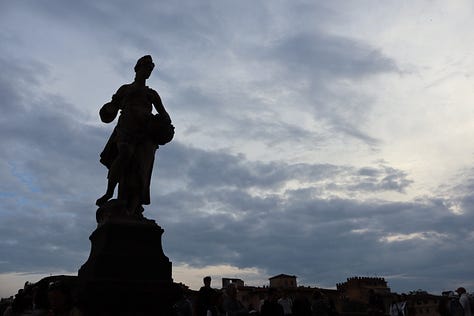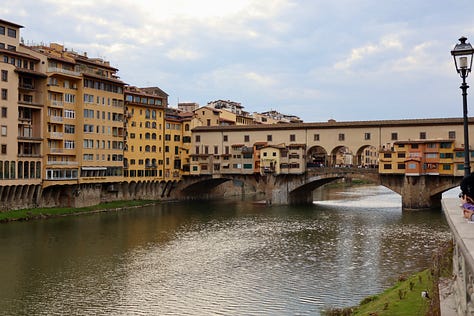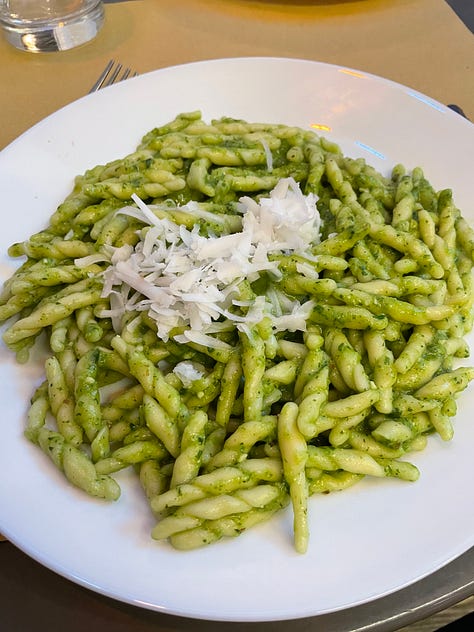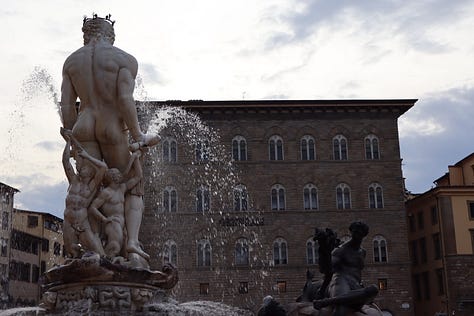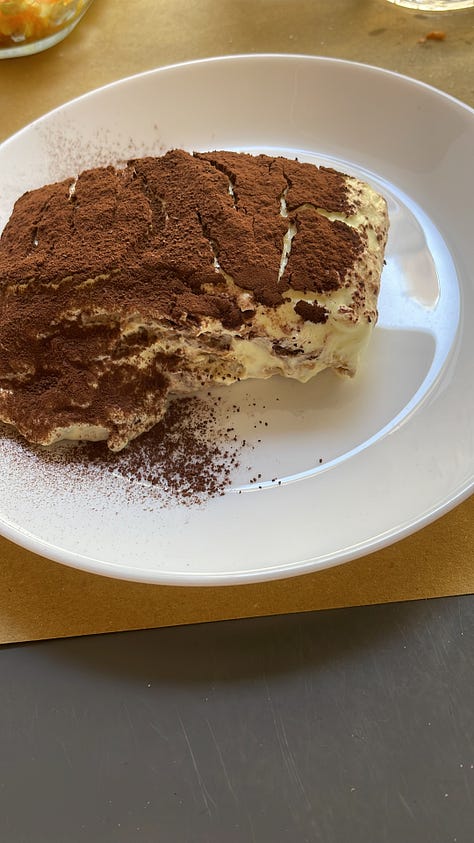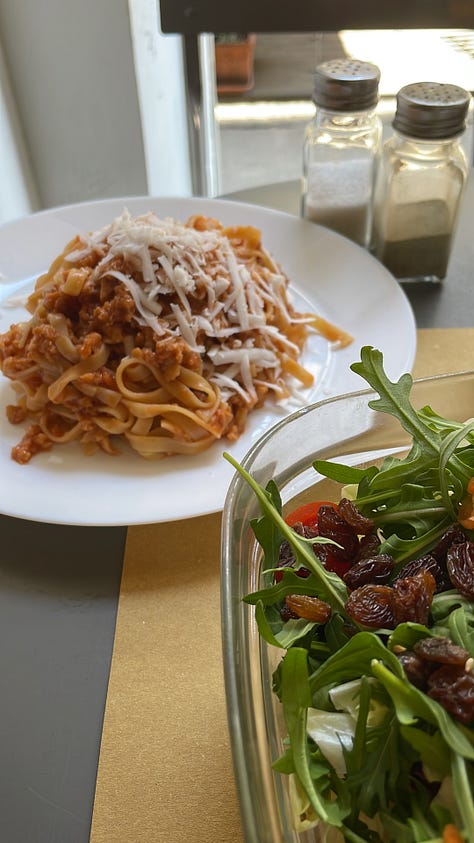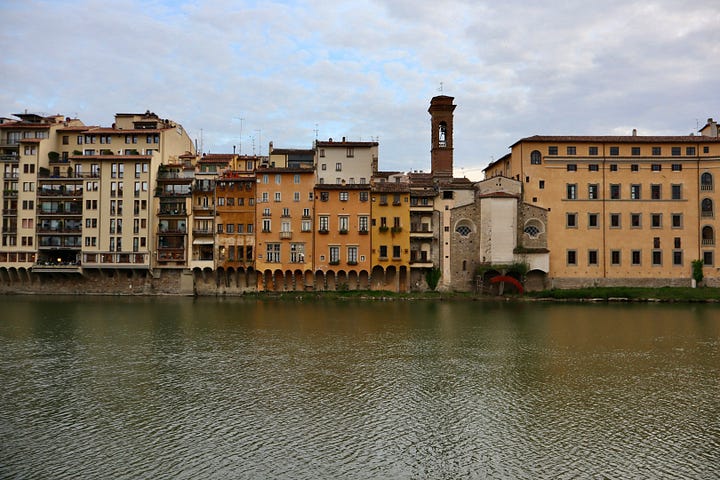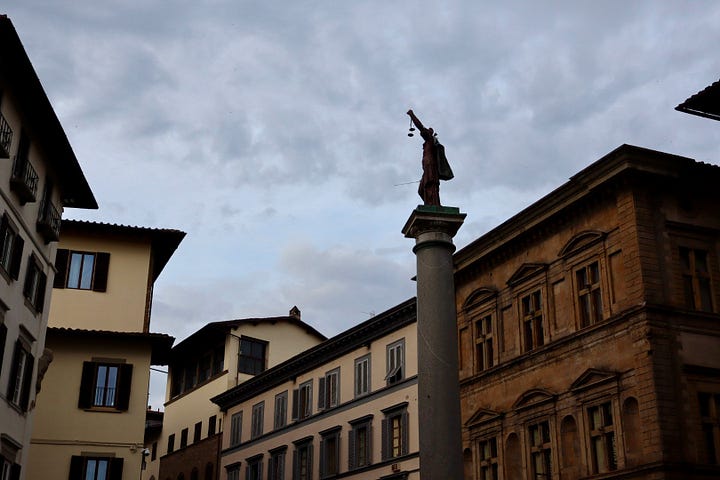I spent the last weekend in Florence, Italy. It was the second time in a month I visited the city to deliver a course on internationalisation strategies and engagement with the European Union for young Italian councillors and deputy mayors. This was part of Akadémeia, an initiative by the former Mayor of Florence and current S&D MEP, Dario Nardella.
Before my first trip in March, it had been three years since I’d last been in Florence (also for work) — and six years before that, just visiting a friend. I’ve heard the city has changed a lot in the past decade: a bit less traffic, cleaner streets, improved public transport, and active promotion of sustainable mobility options like bike sharing.
For me, though, it felt very familiar: the city’s stunning beauty, the sheer number of students on the streets, the excellent food, and that lingering sense that I could live there. Florence is easy to romanticise — perhaps even more if you are reading a good book and eating good food. And I did both: I was reading The Rachel Incident by Caroline O’Donoghue (very accurately described in a Goodreads review as "a Sally Rooney novel on an effective antidepressant"). I don’t eat meat, which is central to much of Tuscan cuisine, but Il Vegano Bistrot was a fantastic discovery — delicious, fully plant-based Italian food.
Another constant in Florence is the overwhelming number of tourists. Coming from Barcelona, this isn’t unfamiliar. But I’m still struck by how deeply tourism transforms the experience of a city — both for residents and visitors. Mass tourism tends to standardise city centres, replace local shops with tourist-oriented restaurants and stores, reshape the housing market (from residential to short-term rentals, displacing residents), and turn cultural heritage into an experience to be consumed.
This report by CIDOB — the Barcelona Centre for International Affairs — outlines how several European cities, including Florence, have tried to promote more sustainable urban tourism models. But in most cases, these attempts have struggled to shift away from business as usual. Some progress can be made at a more granular level — for example, through museum policies, as illustrated by the director of the Galleria dell’Accademia (home to Michelangelo’s David) in this piece.
This time, I travelled for work, but I have also been in Florence as a tourist, and continue to travel worldwide as one. The dissociation between what I think of tourism as resident, and what I do as tourist myself, is becoming more obvious. It’s a conversation I’m having more and more with friends, and captures a contradiction worth questioning, as it comes with some class and climate considerations that we are all ready to point out in other people’s travelling, but happily ignore when we are the tourists. For those of you who can read Spanish, I recommend Estuve ahí y me acordé de nosotros, by Anna Pacheco - an often messy but still revealing short essay about mass tourism and its cultural, socioeconomic and environmental implications, which builds on the author’s undercover participation in a hotel union for a few months.
The contrast between how tourism shapes a city and the deeper meaning (both cultural and political) a place can hold becomes clearer in Florence than in most other cities.
If anything, Florence’s city centre — from the Duomo to Palazzo Borghese, the neoclassical palace that hosted our event — tells a story about the core pillars of European culture. No wonder former UK Primer Minister Theresa May chose it to deliver a speech on September 2017 to reinforce her government’s view for the UK’s relationship with the EU after Brexit: “We may be leaving the European Union, but we are not leaving Europe”, she said.
Before traveling to Italy, she contacted then-Mayor Nardella to say her choice acknowledged Florence as the place where “the Renaissance began – a period of history that inspired centuries of creativity and critical thought across our continent and which in many ways defined what it meant to be European”. Perhaps that is part of the reasons why the Trump administration wants to shut down the US consulate in the city (along with those in nine other European cities).
As Nardella explained in the conversation I had with him as part of the final session of the course, the international dimension of the role comes naturally with the position of Mayor of Florence. Leaders from across the world have travelled to the city for cultural-turned-political visits to the city. And the city government itself has pushed to become influential in international and European affairs.
An example of that was the interfaith and intercultural summit of Mediterranean mayors and bishops, “Mediterranean, frontier of peace”, which Nardella convened in 2022. It brought together mayors from Beirut, Marseille, Jerusalem, and Bethlehem — as well as the Pope and then-Italian PM Mario Draghi. Such a meeting would be hard to imagine today, and it wasn’t easy then either. At the time, I was working as an advisor on international relations and innovation for the City of Barcelona. We were trying — not very successfully, in my view — to position Barcelona as the “capital of the Mediterranean,” a label often used since the launch of the Euro-Mediterranean integration process (the “Barcelona Process”). A bold move like Nardella’s proved that sometimes we don’t need complex strategies or big investments - just an ambitious political vision and political capital to invest in it.
One of Nardella’s predecessors, Giorgio La Pira, laid the foundation for this internationalist tradition after World War II. I hadn’t heard of him before, but Nardella brought him up during the course. I’ve since discovered “Il Sindaco Santo,” a mayor who lived much of his adult life in a cell in the San Marco basilica, focused on using the office’s power to help the poor and rebuild the city after the war. He also positioned Florence as a bridge to the Eastern world during the Cold War and went on to become President of the World Federation of United Cities — one of the two global municipalist organisations that eventually merged to form today’s United Cities and Local Governments (UCLG).
The mayors and bishops summit wrapped up on 28 February 2022, just four days after Russia launched its full-scale invasion of Ukraine — a conflict that was also discussed at the event. Nardella told me that another milestone in his international work was the mayoral mission to Ukraine he led in August 2022 as president of Eurocities. The goal was to pledge European cities’ support for the reconstruction of Ukrainian cities. Reconstruction has since become a major focus for Ukrainian cities — a way of offering hope and a future horizon for their communities.
Nardella’s leadership in bringing together mayors from cities such as Athens, Helsinki, Lyon, Marseille, Oslo, Riga and Tirana, was key not only in demonstrating solidarity but also in drawing the attention of EU institutions. In fact, just a few months later, in October 2022, Eurocities mayors secured their first meeting with European Commission President Ursula von der Leyen to discuss Ukraine and the energy crisis, and went on to launch a joint campaign with European Parliament President Roberta Metsola to send electricity generators to Ukrainian municipalities.
While this kind of linkage between EU/global priorities and local action may come naturally for large city leaders, it became clear during the course that smaller municipalities face much greater challenges. Most participants in Akadémeia came from such towns. For them, the EU is a relevant but distant arena, hard to connect with in their daily work as councillors or deputy mayors.
EU funding is often the most obvious link, but even that poses difficulties. The application process is time-consuming and overly complex for the small municipal administrations supporting them. Several participants also flagged the issue of under-skilled public staff — with professional civil servants often choosing to work in larger cities, smaller municipalities are left with limited capacity to tackle their most pressing issues.
This reminded me of Sara Mesa’s latest book, Oposición (Spanish for the competitive exam that grants access to permanent civil servant posts). Her novel describes the parallel reality that public administration has created to organise itself — with its own language, hierarchies, formal and informal rules, and self-referential behaviour. My experience with public servants in Barcelona has been very different — highly professional, well in touch with citizens' needs. But I had this in mind while listening to some of the participants’ stories — and it helped me better understand the kinds of challenges they face.
This is all to say that Florence was generous again. Not only with the weather, the light and the food, but with the type of conversations and learnings that make you think and stay with you for a while.
